Empty space
1x
2x
3x

Software-as-a-Service Agreement
Empty space
1x
2x
3x
Prepared for:
[Customer Name]
Prepared by:
[Sender Company]
Empty space
1x
2x
3x
Empty space
1x
2x
3x
Software-as-a-Service Agreement
Software-as-a-Service Agreement
This Software as a Service Agreement (hereinafter referred to as “Agreement”) is entered on [Effective Date] (hereinafter referred to as the “Effective Date”),
By and Between
[Customer Name] (hereinafter referred to as "Customer"), incorporated at [Address], and;
[Sender Company] (hereinafter referred to as "Company") incorporated at [Address].
The Company and the Customer shall hereinafter collectively referred to as "Parties" and individually as "Party".
The Company and the Customer agree that the following terms and conditions will apply to the services provided under this Agreement and Orders placed thereunder.
Terms of the Agreement
Terms of the Agreement
1. Definitions
1. Definitions
- “Customer Content” means all relevant data including all text, sound, video or image files, and software, that are provided by the Customer to the Company for the SaaS Services
- “Documentation” means the written and/or electronic release notes, user guides, online help, training materials, and/or other published technical documentation about the applicable Service provided by the Company to Customer together with access to the Service.
- "Order" means any ordering document between the Customer and the Company that specifies the Service being purchased.
- “Schedule" is a written document under Agreement by the Company and Customer for the purpose of purchasing the SaaS Services as per the terms of this Agreement.
- “Software” means the object code version of any software to which the Customer has been provided access as part of the Service, including all updates or new versions.
- “Services” refers to the Company's internet-accessible (including all other technical and non-technical services) service made available by access to and use of software products hosted by the Company to which the Customer has subscribed under the relevant Order, including any documentation, updates, upgrades, support, and content.
- “Subscription Term” shall mean that period specified in a Schedule during which the Customer shall have access to Software for use and operation through the Company’s SaaS Services. The Subscription Term shall renew for successive [Time Period] periods unless either party delivers written notice of non-renewal to the other party at least [Number of Days] days prior to the expiration of the then-current Subscription Term.
2. License Grant
2. License Grant
- During the Subscription Term, the Customer shall receive a non-assignable, non-exclusive, royalty-free, worldwide right to access and use the SaaS Services solely for their internal business operations under the terms of this Agreement.
- The Customer shall acknowledge that this Agreement is a services agreement and the Company shall not deliver copies of the Software to the Customer as part of the Services.
3. Customer Responsibilities
3. Customer Responsibilities
- The Customer retains the intellectual property rights and ownership in and to its Customer Content.
- The Company or its licensors retain all ownership and intellectual property rights to the Software, Services, Documentation, and anything developed, improved, modified and/or delivered under the Agreement.
- Third-party technology that may be appropriate or necessary for use with the Company's programs is specified in the Program Documentation or ordering document as applicable. The Customer’s right to use such third party technology is governed by the terms of the third party technology license agreement specified by the Company and not under the Agreement.
5. Orders and Payment
5. Orders and Payment
- Orders
- The Customer shall place an order for the Services pursuant to a Schedule.
- All services provided to the Customer shall be governed exclusively by this Agreement and the related applicable Schedule.
- In the event of a conflict between the terms of a Schedule and this Agreement, the terms of the Schedule shall take precedence.
- Invoicing and Payment
- Unless otherwise provided in the Schedule, the Company shall invoice the Customer for all fees on the Schedule effective date
- Customer shall pay all undisputed invoices within [number of days] days after Customer receives the invoice. Except as expressly provided otherwise, fees are non-refundable.
- All fees shall be made in USD.
- The Fees shall be open to modifications after the completion of one Subscription Term and the renewal of the Agreement. The Customer shall be notified of the same before the renewal.
6. Term and Termination
6. Term and Termination
- Term: The term of this SaaS Agreement shall begin on the Effective Date and shall continue until terminated by either party as outlined in this Section.
- Termination: Either party may terminate this SaaS Agreement immediately upon a material breach by the other party that has not been cured within [Number of days] days after receipt of notice of such breach.
- Suspension for Non-Payment: The Company may terminate this Agreement with immediate effect by delivering notice of the termination to the Customer if the Customer fails to pay the invoice amount on time but only after the Company notifies the Customer of such failure and such failure continues for [Number of days] days.
- Effect of Termination
- The Customer shall immediately pay to Company all amounts outstanding as of the date of, and any amounts outstanding as a result of, termination.
- The Customer shall cease all use of the Service upon the effective date of the termination.
- The Customer will have [Number of Days] days from the date of termination to retrieve any of the data that the Customer wishes to keep.
- Upon termination of this Agreement, the Company shall cease reproducing, advertising, marketing, and distributing any material or information pertaining to the Customer immediately.
7. Service Level Agreement
7. Service Level Agreement
The Service Level SaaS Agreement (hereinafter referred to as the “SLA”) for the SaaS Services is set forth in Exhibit [list exhibit letter] hereto. The SLA sets forth the Customer’s sole and exclusive remedies for any failure of the Services, and the Customer recognizes and accepts that if the SLA does not list a remedy for a given failure, it has no remedy.
8. Warranties
8. Warranties
- The Company represents and warrants that the Service will perform substantially in accordance with applicable specifications contained in the Documentation. In the event, the Service does not materially conform to the Documentation, the Customer shall promptly notify the Company in writing, and the Company shall modify such Service to make the Service perform substantially in accordance with the Documentation.
- The Company does not guarantee that the SaaS Services will be error-free, virus-free or uninterrupted, or that the Company will correct all these errors.
- Except for the Warranty stated above, the Customer and the Company acknowledge that the Service is offered "as is" without warranty of any kind provided by the Seller, including but not limited to, any implied warranties of merchantability or fitness for a particular purpose.
9. Limitations of Liability
9. Limitations of Liability
- To the maximum extent permitted by Applicable Law, the maximum liability of the Company arising out of or related to this Agreement, whether based upon breach of agreement, tort, warranties, or any other theory shall be limited to direct damages, and shall in no event exceed, in the aggregate, the total amount the Customer paid to the Company for the Services under the Order that is subject of the claim during the (a) Term or (b) [Number of Months] months immediately preceding the event giving rise to such claim, whichever is less.
- To the maximum extent permitted by Applicable Law, in no event shall the Company or its affiliates, partners or suppliers, will be responsible for any indirect, incidental, special, punitive, or consequential damages or any loss of revenues or profits arising out of or related to this Agreement.
10. Indemnification
10. Indemnification
Each party agrees to indemnify and hold the other Party harmless, its respective affiliates, employees, and permitted successors and assigns against any losses, claims, damages, penalties, liabilities, punitive damages, expenses, reasonable legal fees of whatsoever kind or amount, which result from the negligence of or breach of this Agreement by the indemnifying party, its respective affiliate or successors and any assign that occurs in connection with this Agreement. This section remains in full force and effect even after the termination of the Agreement.
11. Confidentiality
11. Confidentiality
All confidential information that is communicated to or obtained by either of the Parties in connection with the performance of the above-mentioned services, shall be held by them in full faith. At no time shall the Parties use any such confidential information obtained through this Association, either directly or indirectly, for personal benefit, or disclose or communicate such information to any third-party. This provision shall continue to be effective after the termination of this Agreement.
12. Arbitration
12. Arbitration
In the event of any dispute arising in and out of this Agreement between the Parties, it shall be resolved by Arbitration. There shall be [Number of Arbitrators] Arbitrators which shall be appointed by [Party Name]. The venue of Arbitration shall be [Venue/Location of Arbitration] and Seat shall be [State]. The Arbitrators' decision shall be final and will be binding on both the Parties.
13. Miscellaneous
13. Miscellaneous
- Assignability: Neither party may assign this Agreement or the rights and obligations thereunder to any third party without the prior express written approval of the other Party which shall not be unreasonably withheld.
- Notices: Any notice required under this Agreement shall be delivered by certified mail, personal delivery, or overnight delivery.
- Force Majeure: Neither party shall be liable for any failure in performance of the obligation under this Agreement due to cause beyond that party's reasonable control (including and not limited to any pandemic, fire, strike, act or order of public authority, and other acts of God) during the pendency of such event.
- Modification: No modification of this Agreement shall be made unless in writing, signed by both parties.
- Severability: If any term, clause, or provision hereof is held invalid or unenforceable by a court of competent jurisdiction, all other terms will remain in full force and effect until the Agreement termination.
- Governing Law and Jurisdiction: This Agreement shall be governed following the laws of the [State/Region]. If the disputes under this Agreement cannot be resolved by Arbitration, they shall be resolved by litigation in the courts of the [State/Region] including the federal courts therein, and the Parties all consent to the jurisdiction of such courts, agree to accept service of process by mail and hereby waive any jurisdictional or venue defenses otherwise available to it.
- Legal and Binding Agreement: This Agreement is legal and binding between the Parties as stated above. This Agreement may be entered into and is legal and binding in the [State/Court/Region]. The Parties each represent that they have the authority to enter into this Agreement.
- Entire Agreement: This Agreement constitutes the entire understanding of the Parties, and revokes and supersedes all prior agreements between the Parties and is intended as a final expression of their Agreement. It shall not be modified or amended except in writing signed by the Parties hereto and specifically referring to this Agreement. This Agreement shall take precedence over any other documents which may conflict with this Agreement.
Empty space
1x
2x
3x
Acceptance and Signature
Acceptance and Signature
IN WITNESS THEREOF, the Parties agree to the terms and conditions set forth above as demonstrated by their signatures as follows:
[Customer Name]
[Sender Company]
Signature
Assign signer 1
Name
Assign signer 1
Date
Assign signer 1
Signature
Assign signer 2
Name
Assign signer 2
Date
Assign signer 2
Empty space
1x
2x
3x
THANK YOU
THANK YOU
Empty space
1x
2x
3x
DISCLAIMER: Revvsales, Inc is not a law firm. The content provided herein is for general information purposes only, and does not constitute legal advice. Revvsales, Inc and its partners make no representation or warranty of any kind, express or implied, regarding the accuracy, adequacy, validity, reliability, availability, or completeness of any information mentioned hereunder. The use or reliance of any information contained herein is for your personal use and solely at your own risk. You agree to fully release and indemnify Revvsales, Inc from any liability associated with the use of this content. You are advised to obtain independent legal advice before taking or refraining from any action on the basis of the content provided here.





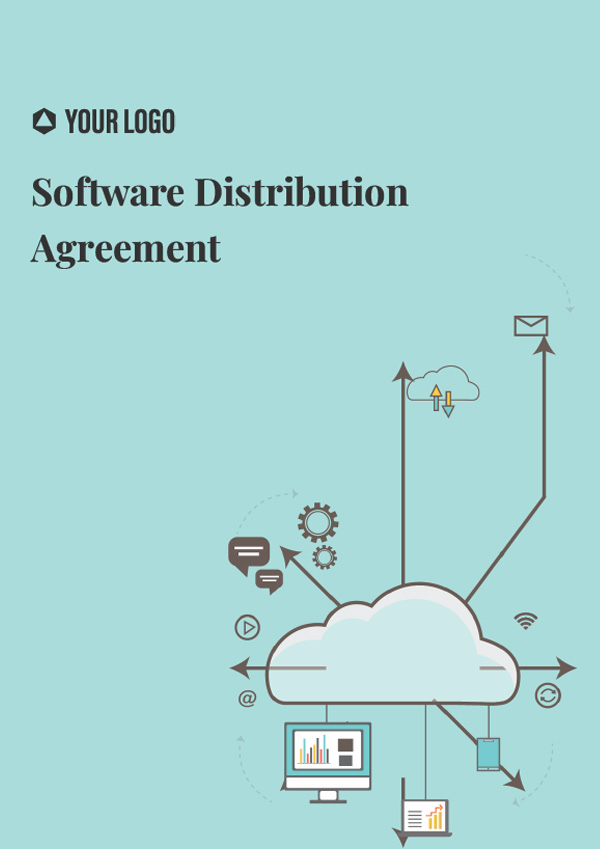
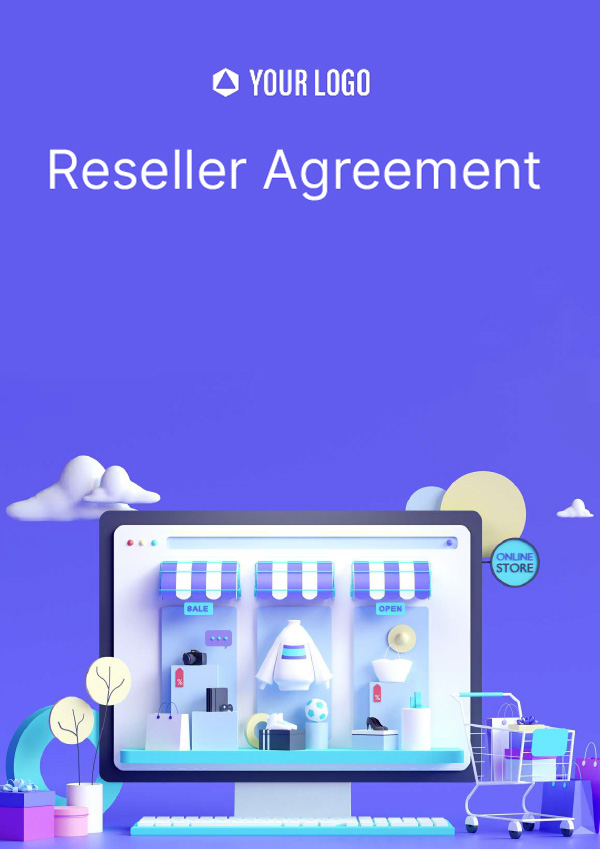

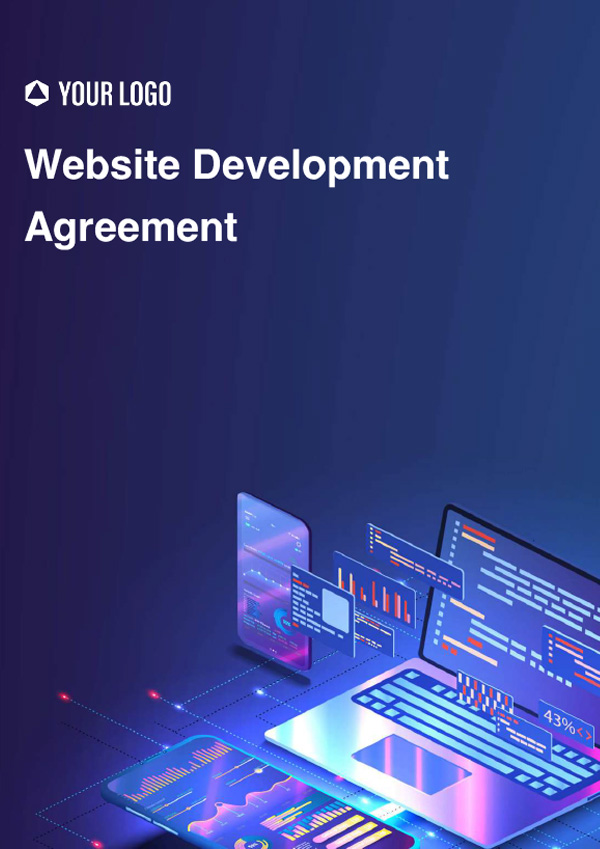
/Joint_Venture_Agreement_(Standard)_Thumb.jpg)
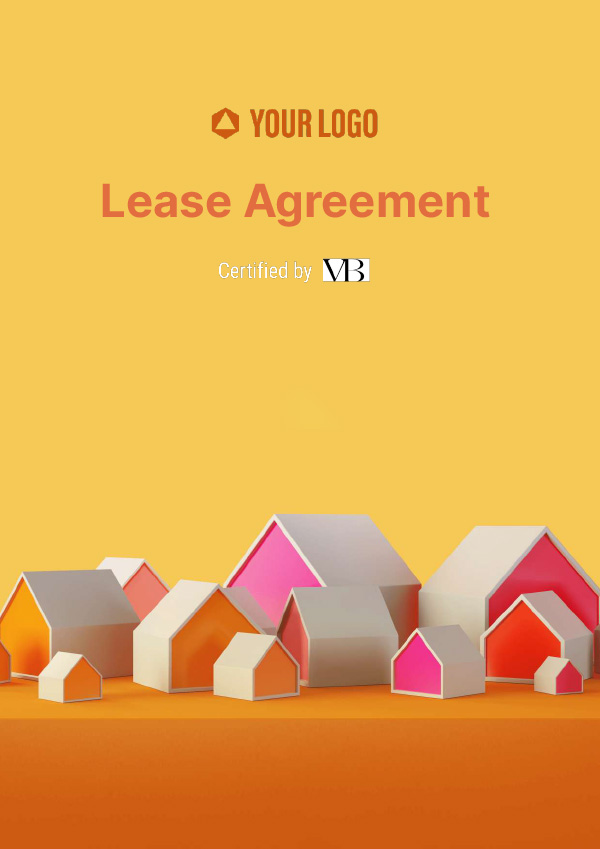
/29.1_Non_Disclosure_Agreement_(Intern).jpg)
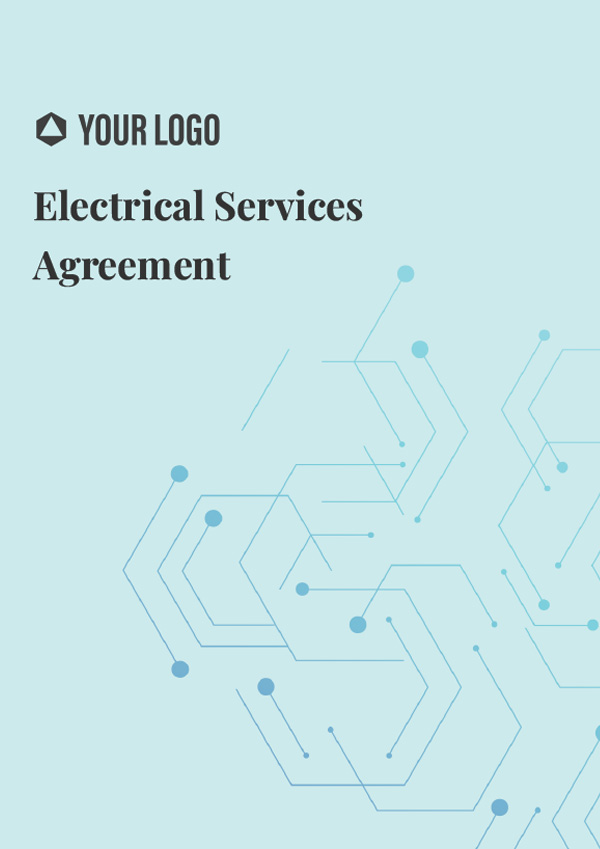
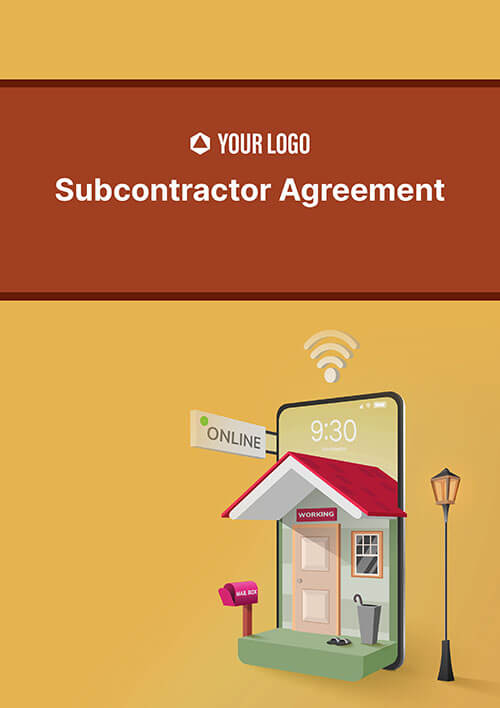
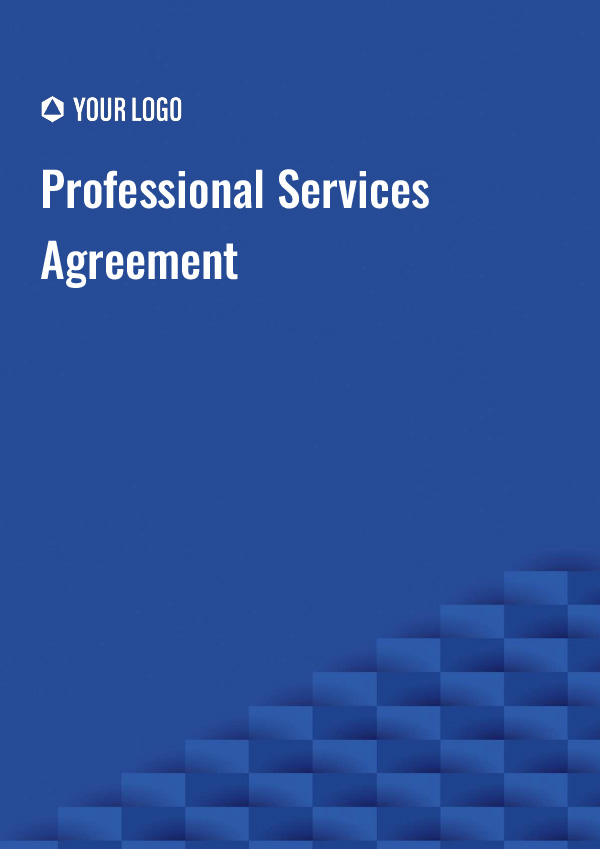
/50.1_Data_Processing_Agreement_(Standard).jpg)